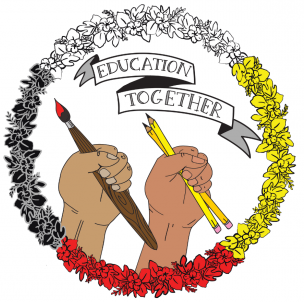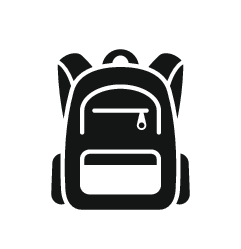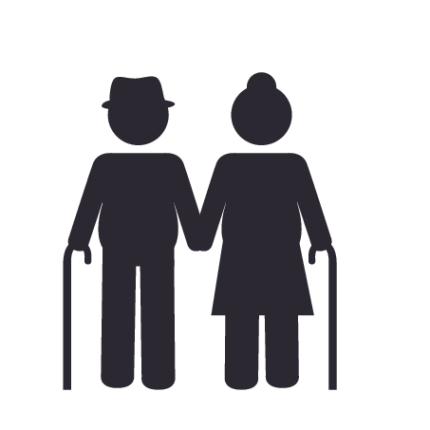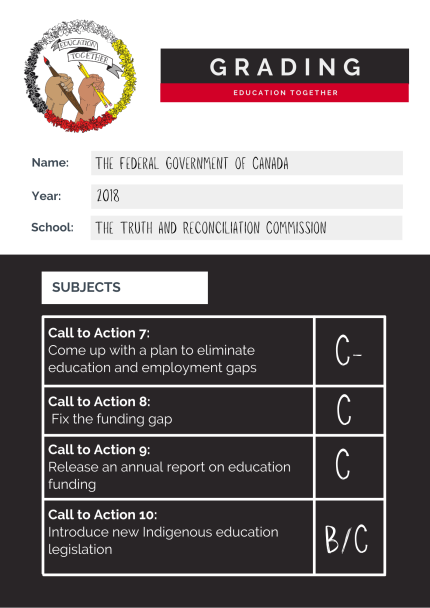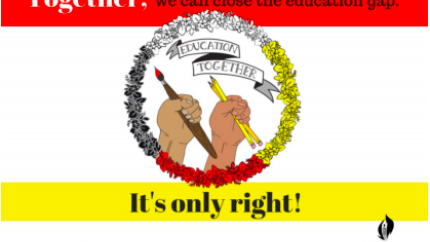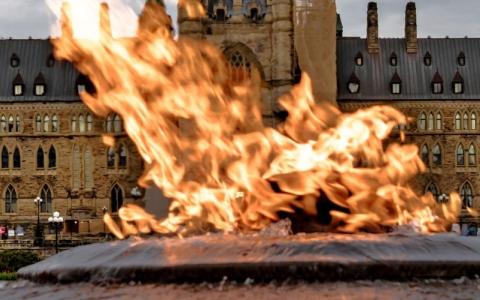
Sign up for our regular email for updates on ministry in Canada.
Despite years of promises, there’s still a gap: today, far fewer First Nations kids graduate from grade 12 than other kids in Canada because they aren't receiving the proper funding and support needed for a quality education.
If there’s anything we’ve learned from the Truth and Reconciliation Commission (TRC), it’s that it was wrong to take Indigenous children from their communities. Indigenous parents and communities should be supported as they educate their children.
Change is possible. We know that when Indigenous kids have the funding and culturally appropriate education that they need, they thrive!
There have been some big commitments made, and the federal government has promised to live into the Calls to Action of the TRC. But change has been slow, and we’re not where we should be. A generation of Indigenous kids are waiting for justice and equity and that’s not okay. Now is the time for follow-through on promises.
Together, we can speak up so that all kids in Canada get quality education. It’s only right!
The math is easy: A history of underfunding First Nations schools has meant less money for school libraries, extracurricular activities, retaining strong teachers, I.T., healthy school buildings, and more. And that’s translated into a graduation gap: in 2020-2 the Auditor General reported that the real grade 12 graduation rate for Indigenous students is 36.8%, compared to a national average around 90%.
Kids know what fairness looks like — and this isn’t fair.
Together. We know that education works best when the full community owns it, whether that’s through parent-run independent schools, homeschooling, or community support for public schools. The same goes for First Nations schools: When culture and language are celebrated in curriculum, and when communities and elders play a role in education, students thrive!
After hearing thousands of hours of testimony about how Canada got Indigenous education wrong in the residential school system, the Truth and Reconciliation Commission recommended 4 systemic changes to make things right.
This is what reconciliation looks like. . . but how are we doing so far? Here’s our ‘report card’ on TRC Calls to Action 7-10 on K-12 education, based on consultations with Indigenous leaders and educators and available data.
Grading scale: Excellent (A), Promising (B),Needs Improvement (C), Needs Major Improvement (D), No significant progress (F)
What is the update on the Education Together report card? Hear directly from Director Mike Hogeterp in these short videos.
For more on understanding the impact of COVID-19 and what it can teach us with regards to Education Together read this blog "Building Back Better: Interdependence and Anti-Racism" by Director Mike Hogeterp.
Statistics to create a report card this year were not available due to the federal election. But we did ask federal candidates about Calls to Action 7-10. Check out this video series for more detail.
Read the full report card for the Canadian Government on the Truth and Reconciliation Commission's Calls to Action 7-10. The actions focus in on the importance of this repentance in K-12 education for Indigenous children.
When Indigenous kids have the funding and culturally appropriate education that they need, they thrive!
On the east coast, the Mi’kmaq have governed their own education since 1998, and the results speak for themselves. While high school graduation rates for First Nations people across the country are much lower than the provincial averages, Mi’kmaq kids keep beating the average.
Indigenous nations know what’s needed to improve school success—governments just need to listen. That’s where you come in, helping to amplify Indigenous voices and Indigenous success stories, so that political leaders listen. #EducationTogether
Treaty Education teaches about more than just old papers, 'It's about our way of life,' says elder Jane Meader. Read more >
Students and educators say addition of Indigenous history and culture to curriculum is the key to success. Read more >
Ten years ago, B.C. School District No. 48 overhauled its curriculum to include more Indigenous content. Now, it's graduating a record high number Indigenous students. Read more >
The federal government must end its discriminatory and inequitable funding of all public services on reserves, including education, health care, child welfare and basics such as water and sanitation. Read more >
The Mi’kmaq Education Act has given the Mi’kmaq people control over their own education since 1998. Now that 17 years have gone by since this agreement, its success is evident. While high school graduation rates for First Nation people across the country are approximately 48.5%, well below the 85% provincial average, the Mi’kmaq have surpassed this provincial average by 3.5% as of four years ago. Read more >
“It’s inspiring to see how quickly Indigenous students respond when we begin to bring down barriers to their success.” (Rob Fleming, B.C. Minister of Education)
